Twin_Turbo
Der Maulwurf
- Joined
- Mar 5, 2008
- Messages
- 7,575
- Reaction score
- 6
Here's a tidbit on the johnny joint install. All you need is the joint a hole saw, an undercut 7/16 drill (so the stock sleeve acts as a guide) and a welder. This isn't my welding, a buddy did this after I recommended the JJ to him.
You start off with a std. arm:
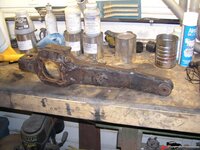
Then you have your hole saw w/ 7/16 drill with the shank cut down to fit the arbor, and use the stock sleeve as a guide:
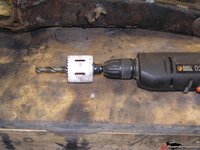
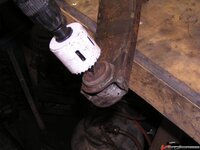
Making the cut and removing the stock bushing:
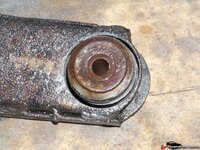
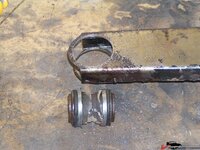
Disassembling the 2" JJ. The outer sleeve needs to be welded into the arm:
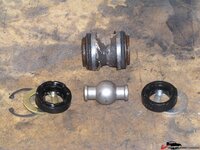
Cleaning up the bore and the surrounding metal for a clean weld:

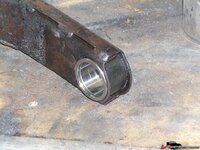
Welding in the sleeve. The better you are at welding, the better the job will be done of course. However, penetration is the most important. Anyone can grind welds to make it look cleaner.
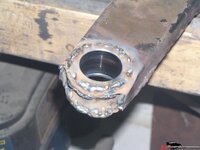
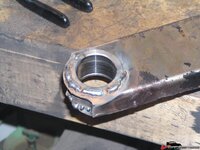
Finally a little grinding, some painting and final assembly and presto, one JJ equipped trailing arm for long smooth operation.
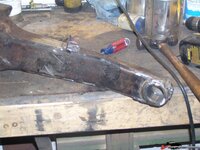
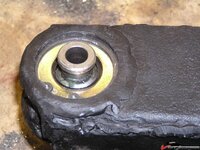
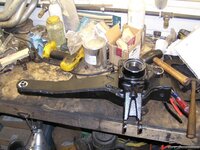
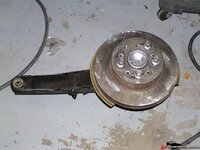
You start off with a std. arm:

Then you have your hole saw w/ 7/16 drill with the shank cut down to fit the arbor, and use the stock sleeve as a guide:


Making the cut and removing the stock bushing:


Disassembling the 2" JJ. The outer sleeve needs to be welded into the arm:

Cleaning up the bore and the surrounding metal for a clean weld:


Welding in the sleeve. The better you are at welding, the better the job will be done of course. However, penetration is the most important. Anyone can grind welds to make it look cleaner.


Finally a little grinding, some painting and final assembly and presto, one JJ equipped trailing arm for long smooth operation.




